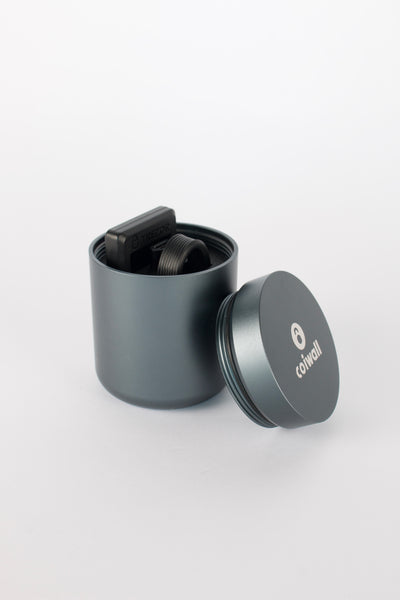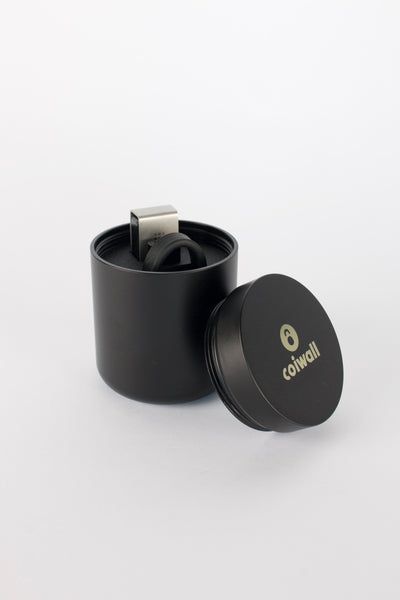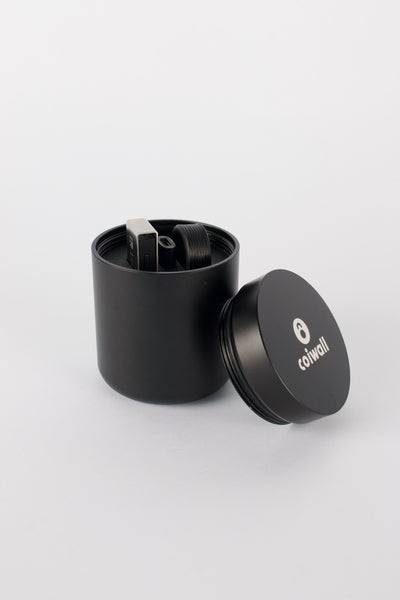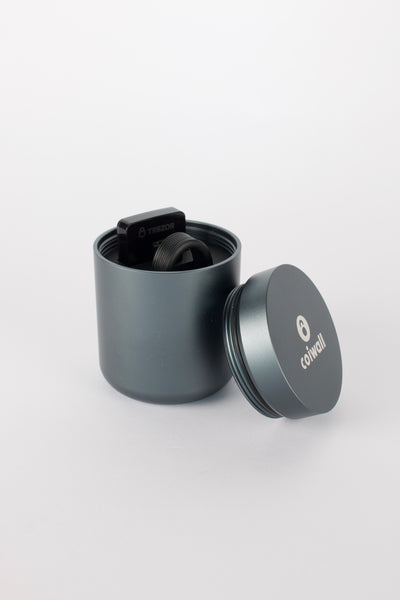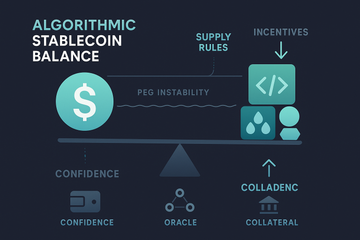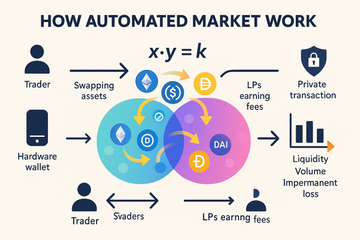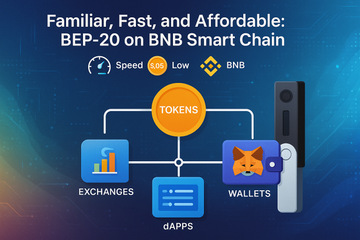Ever tried to send someone a thank-you card but didn't have their street address? Transferring digital assets can feel just as frustrating—unless you know about wallet addresses. You see those long strings of letters and numbers and might feel intimidated, but they're really just the digital equivalent of a street address or a P.O. box, except here you’re sending Bitcoin, Ethereum, or any other crypto instead of birthday cards or holiday baskets.
What’s in a Wallet Address, Anyway?
Imagine your wallet address as your mailbox on the blockchain. It's how friends—and sometimes strangers—can send you digital coins, tokens, or NFTs. No two addresses are the same, and each one is generated through clever math and cryptography to make sure it’s unique, unpredictable, and practically impossible to fake. Think of handing out your home address so folks can mail you things, but you’re never exposing exactly where you live or your real identity. Pretty neat, right?
And unlike usernames or email handles, wallet addresses are made up of a random, wild jumble: something like 0x52cF14DEc4b7B18454e6e5D543551d7A55F15805 for Ethereum or bc1qar0srrr7xfkvy5l643lydnw9re59gtzzwf5mdq for a modern Bitcoin address. It seems intimidating, but don’t worry—you don’t need to memorize these any more than you’d learn the back of your credit card by heart.
Why All the Fuss? Public vs. Private, Safety First!
Here’s the thing about crypto: everyone can see transactions, but only you control what’s inside your account. A wallet address is public; you share it freely, kind of like showing your phone number to someone who wants to send you a message. The private key, though, is more like your phone’s password or the fingerprint you use to unlock it—don’t share that with anyone, ever. If someone gets that private key, they own your coins. Simple, but critical.
- The public address: Like a street address. Safe to share.
- The private key: Like your front door key or safe combination. Keep it secret, keep it safe.
This separation is what keeps your funds secure. That’s why brands like Trezor and Ledger have become household names (well, crypto-household, anyway) for hardware wallets—they keep your private keys offline, tucked away from hackers and digital snoops.
Okay, But How Do These Magical Strings Actually Work?
Let’s get a little technical without getting lost: wallet addresses are generated from long sequences of numbers called private keys using advanced math (hash functions and elliptic curve cryptography, if you’re into that). The private key stays hidden in your wallet, usually securely stored and locked with a PIN or password. What the outside world gets is the wallet address, a handle anyone can use to send you funds. But—and this is crucial—the address doesn’t let anyone access your funds by itself. Only the one with the private key can actually sign off on sending coins away.
Each type of crypto has its own format of address. Bitcoin addresses often start with a 1, 3, or bc1. Ethereum? Always starts with 0x. And just like area codes in phone numbers, this helps the network route your transaction to the right destination. Don’t ever try to send Ether to a Bitcoin address, or vice versa—it’s like mailing a postcard to the wrong country. Goodbye, coins.
Some Quick, Real-World Examples
- Bitcoin: 1BoatSLRHtKNngkdXEeobR76b53LETtpyT
- Ethereum: 0x32be343b94f860124dc4fee278fdcbd38c102d88
Honestly, one glance and you see why copy-paste (or the clever use of QR codes) is your best friend!
Why Not Just Use the Same Address Every Time?
It's tempting, I'm with you. But here’s a fun twist—the blockchain, for all its privacy, is transparent. Every transaction coming and going from that address is visible to anyone who bothers to look. It’s like having your financial diary published in the town square. So, many wallets—especially those focused on privacy—generate a new address for every transaction. This way, you keep your finances private and make it harder for nosey parkers to track your spending habits.
BitPay, Ledger, and most reputable wallet apps have built-in features to keep you a bit more mysterious. Want people to pay you for 10 different things? You can give them 10 different addresses, all managed from one wallet. No sweat!
Finding Your Wallet Address—No Map Required!
Wondering where your magical string lives? It’s easy. Open your wallet app—Coinbase, Trust Wallet, MetaMask, or your cold storage favorite like Trezor or Ledger. Hit the ‘Receive’ or ‘Request’ button. Ta-da! There’s your very own public address, often sliding in with a neat QR code. Show that to someone, or copy-paste the string directly. Just make sure you're sharing the right one for the right asset. Nothing puts a damper on a crypto day like picking the wrong coin destination.
Securing the Crypto Castle—A Few Final Words
Let’s review, because this is the part that snooze-fests aside, matters most. Your address is for sharing, your private key isn’t. Write down your recovery phrase (the seed), keep it offline, and never send it by email. Seriously, treat it like your house keys; actually, maybe better, because if you lose it, there’s no locksmith for blockchains!
Hardware wallets like Trezor and Ledger are gold standards for folks with serious value in crypto, but even simple mobile wallet apps do a decent job for beginners. If you’re moving coins regularly, double and triple check addresses before sending. A single typo can cost you big time—and nobody wants to be the person who lost a fortune by misplacing a single letter or number.
Final Thoughts—The Beauty and Quirks of Wallet Addresses
Is it perfect? Far from it. Wallet addresses are powerful, but they can be clunky, long, and confusing for the uninitiated. There’s talk about making it all even simpler: human-readable aliases, like yourname.eth, are cropping up. But for now, these random-looking strings are what keep crypto humming along—trustworthy, secure, and just confusing enough to keep you on your toes.
So next time you’re staring down a crazy alphanumeric jumble in your app, remember: it’s your ticket to the decentralized future. Don’t lose it, don’t share your keys, and maybe—just maybe—enjoy the wild ride.

